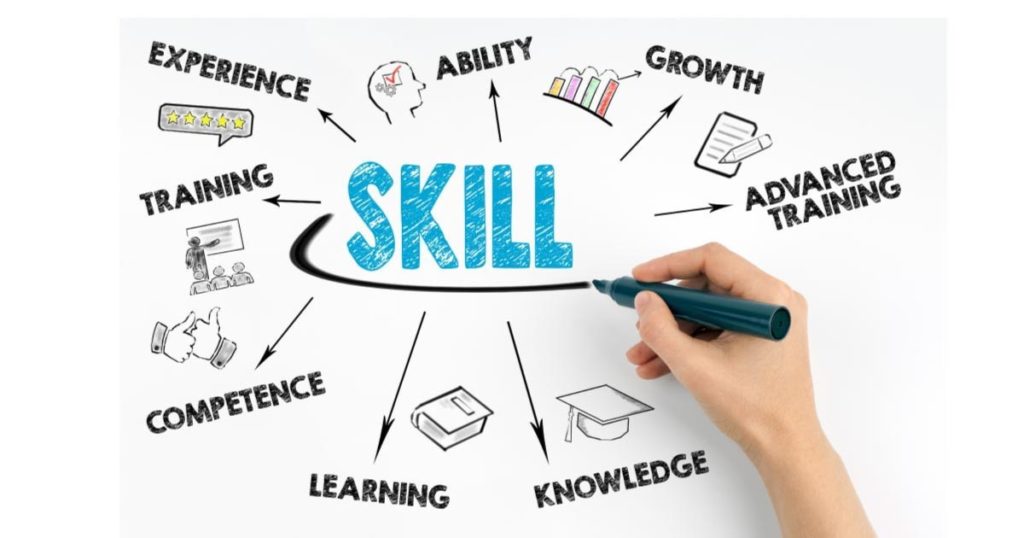How UpSkilling Your Workforce Can Save You Time and Money

Last year, SHRM identified some of the top workplace trends for 2020, and among them was the need for companies to begin talking about “upskilling” their workforce.
As their report on this issue explained, “employers need to find creative ways to close the skills gap. Companies are starting to hire more older workers, workers with disabilities, workers who were formerly incarcerated and veterans.”
As an expert cited in that article said, “the pool is getting wider and wider…It’s great because talent can come from anywhere. Companies are less focused on age, gender, and other factors and more concerned with whether the person can do the job and work well with others.”
Now, as a hiring manager or an HR professional, you might already understand the benefits of relying on the broadest pool of talent. And yet, the terms upskill, reskill, and skills gap can become a bit confusing when paired with the idea of a talent pool.
Let’s take a moment to get clear on these terms and how each of them will benefit your company.
Upskill
This is often a term used by employers to describe ways they save time, money, and loss by offering existing staff the kind of training needed to grow their skill set. For example, rather than recruiting new staff for specific duties or roles, they work within the existing talent pool to develop and grow their skill sets.
Reskill
This is the process of training your people in new skills so they can fulfill a different role or job within the company. Upskilling, is more about improving existing skills and capabilities, while reskilling is redirecting them into entirely different segments.
Both upskilling and reskilling are typically thought of as ways to close the skills gap in your company without looking to outside hires or by minimizing the need for them.
The Skills Gap
According to another SHRM report, “Eighty-three percent of HR professionals who responded to a 2018 SHRM survey said they had difficulty recruiting suitable job candidates in the prior year. Seventy-five percent of respondents said there’s a skills shortage among candidates and 52 percent felt that the skills gap had worsened in the last two years.”
With around 7.4 million open jobs in the U.S., and an unemployment rate of 3.5 percent, it indicates a lot of potential for identifying the right candidates and nurturing them through upskilling, reskilling, and applying specific strategies to close the skills gap.
As an HR expert, you can find talent anywhere and then you can upskill those identified through such methods as:
Many Training Pathways
It’s HR that knows best about the gaps and helping their companies to understand which areas candidates are lacking. While there are government programs ensuring people have paths to sustainable careers as well as the training needed to expand skills, it will be industry-led programs that make the most.
By taking on the responsibility within your industry, you can supply your talent with upskilling opportunities that close the skills gap in your workforce.
Alternative Pools
Older workers and formerly incarcerated workers are often left behind and yet both can offer a diverse range of existing skills and experiences. Hiring from these categories means a more inclusive workforce, but it also means you can find the kind of talent you may miss by focusing on a very limited perspective.
Is it time to upskill your workforce or seek candidates with the ability to close the skills gap? Industry experts say yes, and so you may want to consider these tactics now.